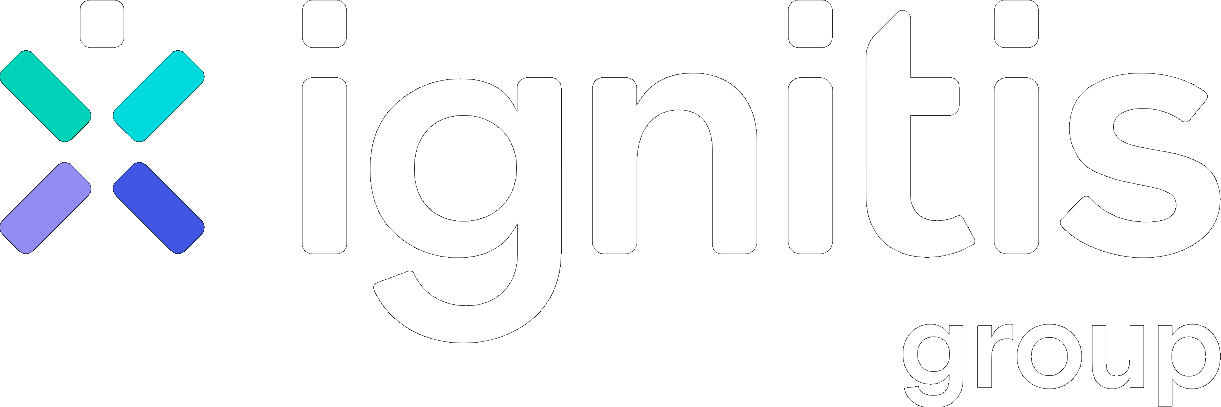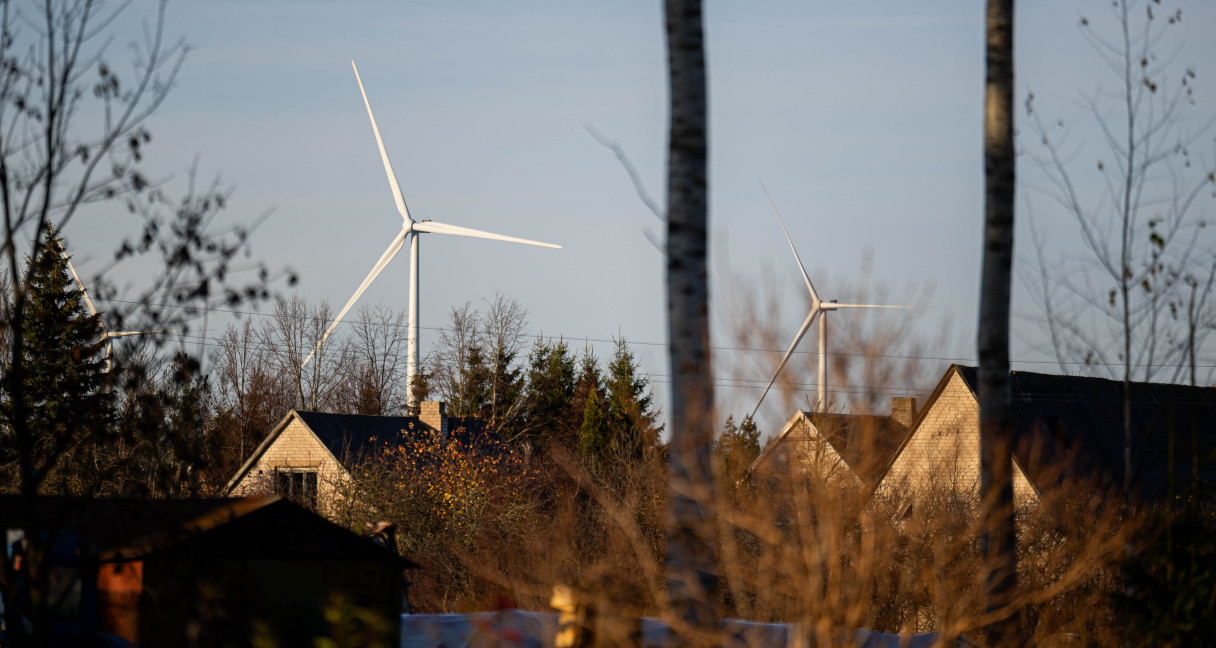Sustainable future creators dove into the sea of ideas in Klaipėda
Festival Savos Bangos, a laboratory for sustainable future creators, drew out both Klaipėda's residents and visitors from across Lithuania. Sustainability was celebrated by speakers sharing their expertise and knowledge and visitors readily participating in the available activities, educational programmes, discussions and art projects.
Olga Žalienė, Director of Lithuanian Sea Museum, says she’s glad that the festival tradition flourishes with people and communities actively participating in promoting sustainability and discovering new approaches to environmental protection.
“Water is reused constantly in both the dolphinarium and aquariums. The water quality is maintained by modern equipment, including a closed-loop life support system. It constantly filters the water and supplements it with the necessary components to ensure suitable conditions for the museum's animals. As all these processes require a lot of energy, we are trying to conserve it and use renewable energy sources. That's why we acquired a remote solar farm eighteen months ago,” spoke O. Žalienė, Director of Lithuanian Sea Museum, about an important decision during a discussion ‘What is the true sustainability?’ held at the festival.
According to her, renewable energy sources cover half of the museum's electricity needs. The Director supports the idea of clean energy, including solar and wind. “I would love if the other half of our electricity demand would be covered by offshore wind,” said O. Žalienė.
Lithuanian consumption data indicates that energy demand is increasing. Green energy is becoming more and more relevant to sustainability-conscious consumers and the economy.
Research suggests that serene environment surrounding the power plants attracts wildlife
During the discussion, Agnė Lukoševičienė, an environmental expert at the international green energy coapny Ignitis Renewables, emphasized the importance of continuous engagement of the public when developing renewables projects. This is especially true for local communities, which feel the greatest economic benefits of wind farm development in the form a growing economic ecosystem that involves local residents and creates new jobs. Crucially, new jobs strengthen national energy independence and reduce our dependence on fossil fuels, which significantly contribute to greenhouse gas emissions.
“Lithuania having its offshore wind farm would mean a remarkable technological progress. We simultaneously consider the environmental impact assessment while proposing and aligning national legislation with the best international practices for such projects,” said A. Lukoševičienė, adding that everyone is welcome to study the results of the environmental impact assessment.
The environmental expert explained that the world's first offshore wind farm was erected in the Baltic Sea, off the coast of Denmark. Denmark's Vindeby wind farm, which started operations in 1991, had 11 turbines installed 1.5–3 kilometres offshore, generated electricity for 25 years. This successful project convinced the public of the offshore potential while scientists conducted extensive environmental studies over decades, dispelling any misconceptions raised in Denmark and other countries.
According to A. Lukoševičienė, the offshore wind farm in the Baltic Sea was a vehicle for extensive research, including electromagnetic fields, noise, changes in animal behaviour, seabed habitats, etc. Years of research yielded inspiring accounts demonstrating how such installations contribute to biodiversity and ecosystem welfare as wildlife is returning to these serene maritime shelters with low human disturbance.
During the discussion, Dr. Vaida Survilienė, a scientist from Vilnius University, illustrated the topic with an example of emerging grey seal behaviour. According to the scientist, the research indicates that seals like wind turbines. “Wind turbines create a kind of artificial reef that provides food resources for mammals. Transmitters attached to the animals show that seals swim around almost every offshore wind turbine tower. Similar patterns emerge among porpoises, which are like tiny whales, which are shy and particularly sensitive to the environment. Wind turbines create an environment, which marine animals actively visit and enjoy being in,” stated Dr. V. Survilienė.
A plethora of unforgettable experiences
Environmental welfare and human approach towards nature were the main themes of the festival. Appropriately, it commenced with Klaipėda Puppet Theatre's mystery play “About Fish and Men” in Danė Square.
Afterwards, plenty of activities took place, including an open art installation workshop titled “Seaweed”, an eco-oriented quiz, a VR film premier at the Lithuanian Sea Museum, unique concerts and comedic performances.
Festival participants engaged in plenty of experiences and activities organised by the partners of the event, including various companies and organisations. This year, the initiative of Lithuanian Sea Museum and Ignitis Renewables was joined by 17 companies. Organisers noted that the highlight was students from Klaipėda Varpas Gymnasium, who conducted circular economy workshops throughout the day, showcasing how sustainable future depends on commitments of an individual.
Considerable interest surrounded the dystopian future of the Baltic Sea in the form of a virtual reality film, “Future Baltic: Dystopia or Reality?”, which was created by a renowned author of VR projects, Vilius Petrauskas, in collaboration with Lithuanian Sea Museum’s scientists and specialists.
Festival Savos Bangos, a laboratory for sustainable future creators, was crowned by a concert of the cello ensemble Voiceless, accompanied by a composer Jievaras Jasinskis. The prepared piece was a contemporary interpretation of Mikalojus Konstantinas Čiurlionis's symphony “The Sea”, an impressively undulating piece of music that spoke of the future.





